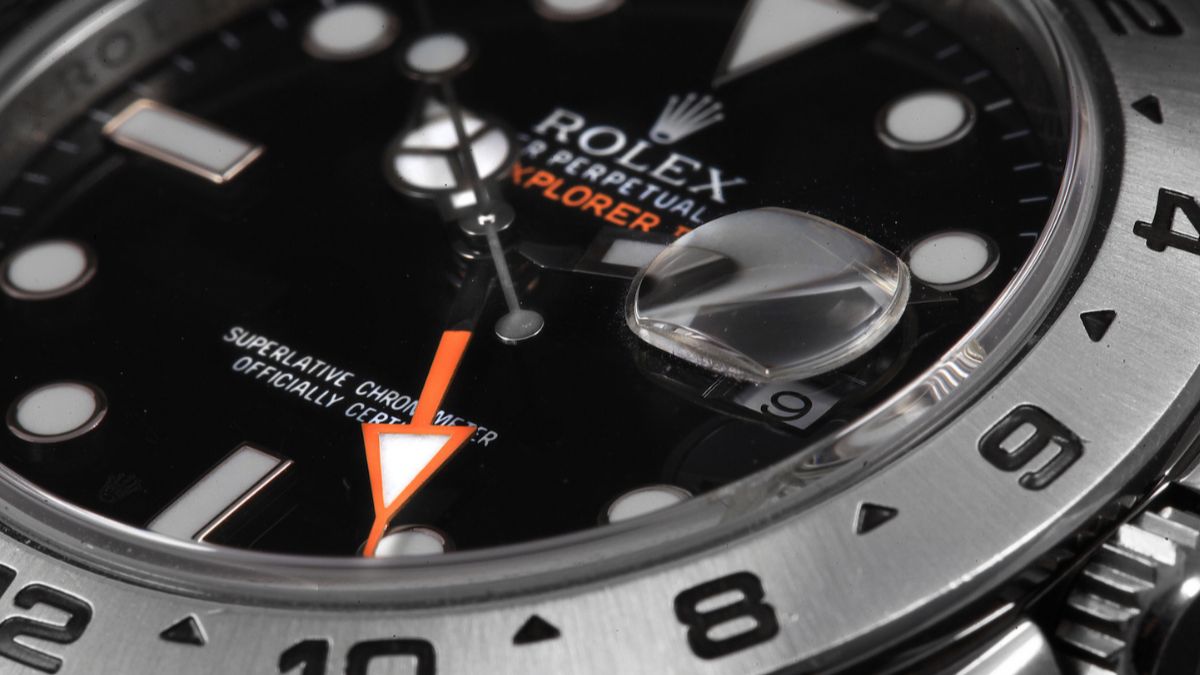
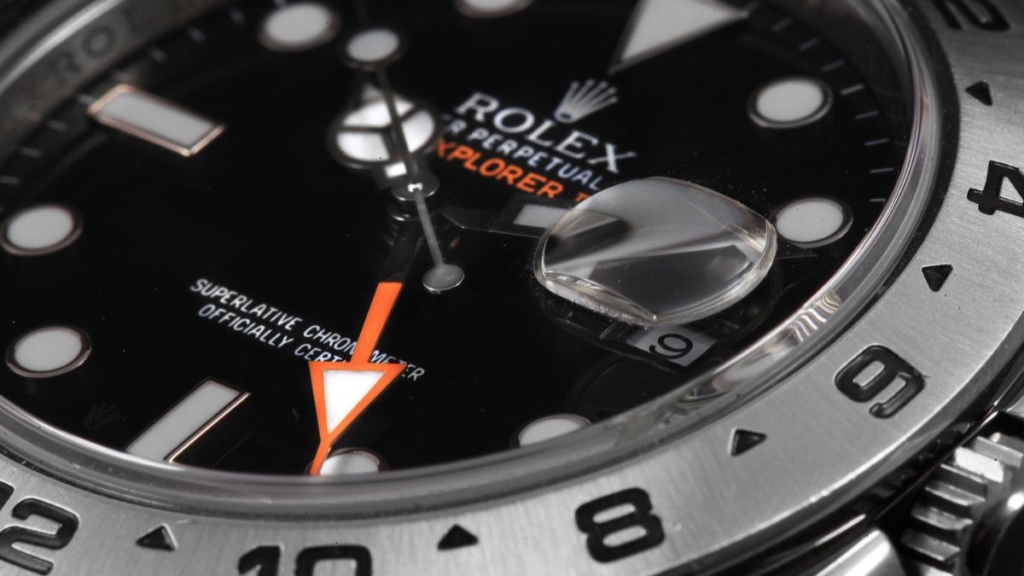
When people think of Rolex, models like the Submariner or the Daytona most often come to mind – the very models that you almost never see on a trip to the retailer, and for which you pay a hefty premium on the grey market. Adding to its underdog status, the Explorer II has for some time led a rather shadowy existence. Only 2 years ago used models of the reference 16570 were available for about 4.000 €. In times of scarce availability of Rolex sports models made of steel, however, it seems that more and more buyers are switching to the Explorer models, having a drastic effect on prices in the used market. An Explorer II under 5.000 € is hardly to be seen anymore, and now the chances of finding one at an authorized dealer are also slim to none. All reason enough to take a closer look at the history of the Explorer II:
Watches for adventurers
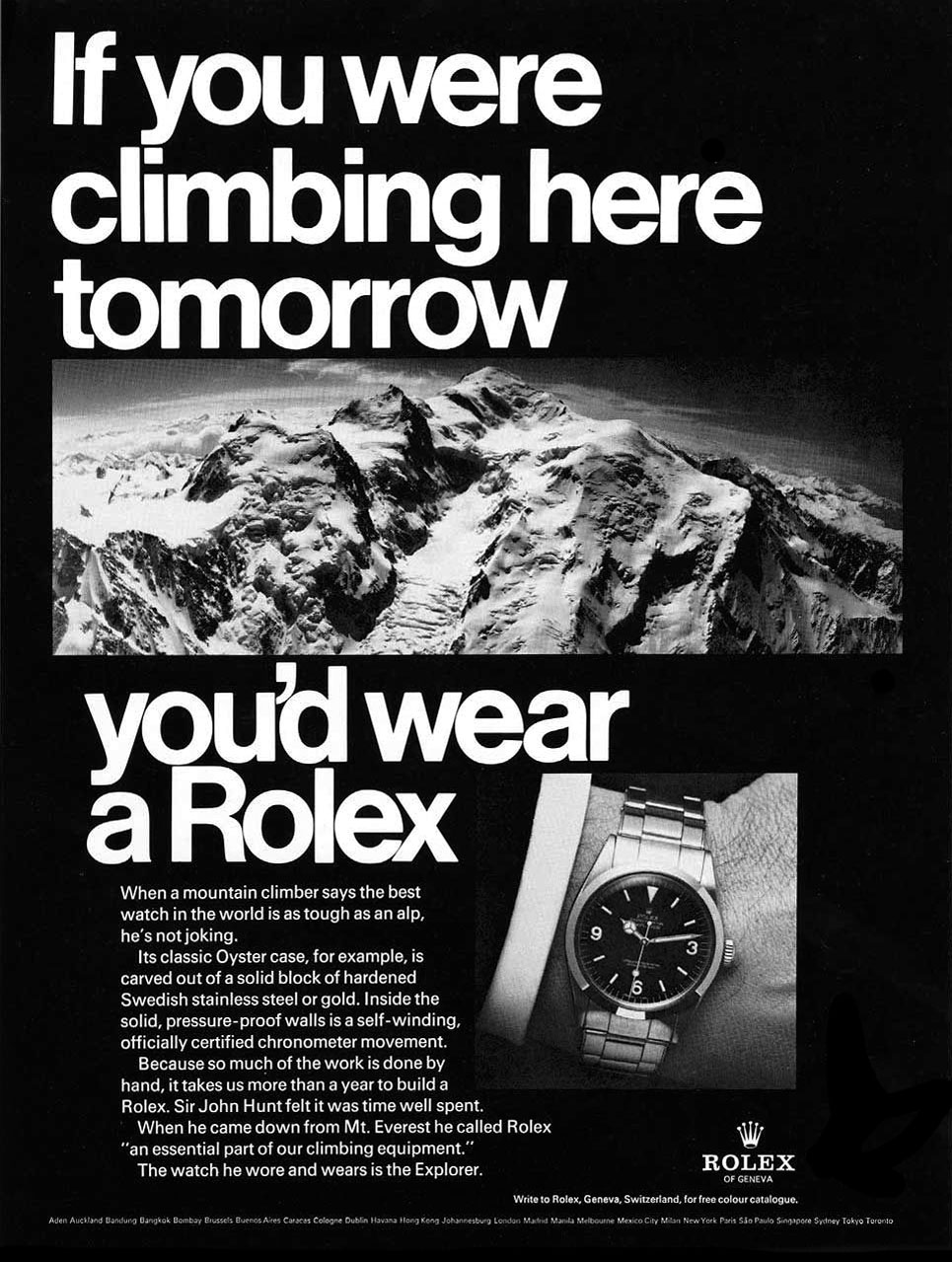
No matter how you feel about Rolex, they do have one thing on most other watch manufacturers, and that is marketing. The always busy founder of Rolex-Uhren AG, Hans Wilsdorf, knew early on how to give his watches that certain something. At the beginning of the 20th century, wristwatches were still regarded as timepieces for women. In order to give watches a more masculine image, and to break the trend towards pocket watches, Wilsdorf set about making his watches available to researchers and explorers for their travels. This strategy came to fruition with Sir Edmund Hillary and Tenzing Norgay’s ascent of Mount Everest on 29 May 1953, when they brought a Rolex Oyster Perpetual to the summit. This watch was then logically named “Explorer” and was equipped with luminous hands, luminous indices, luminous numbers 3, 6 and 9 and a luminous triangle at the 12 o’clock position. The first Explorer was born.
Updated but Unsuccessful: The First Explorer II

In 1971 Rolex launched the Explorer II, Reference 1655, a further development of the somewhat outdated Explorer:
Especially in comparison with other models, such as Submariner, GMT Master, Daytona and Sea-Dweller, the Explorer looked rather old-fashioned. Therefore the Explorer II (Reference: 1655) was given an updated style. With a cool look and trendy colors, Rolex hoped to attract new customers, especially since its sales figures at that time left a lot to be desired. True to the ethos of “real watches for real people,” a watch for rough environments was created. The fixed bezel and orange hand were designed to ensure excellent readability – useful when you are in underground cave systems or polar regions, where it can be hard to differentiate between night and day. Her style was clearly influenced by the 70s, and with Steve McQueen as her wearer she also had a prominent fan.
And yet the watch was one of the most unpopular of all Rolex models, quickly becoming dead stock. Decades later, the watch has become all the more popular with collectors, and now over 20.000 € must be put on the table for the reference 1655.
Approaching a complete collection
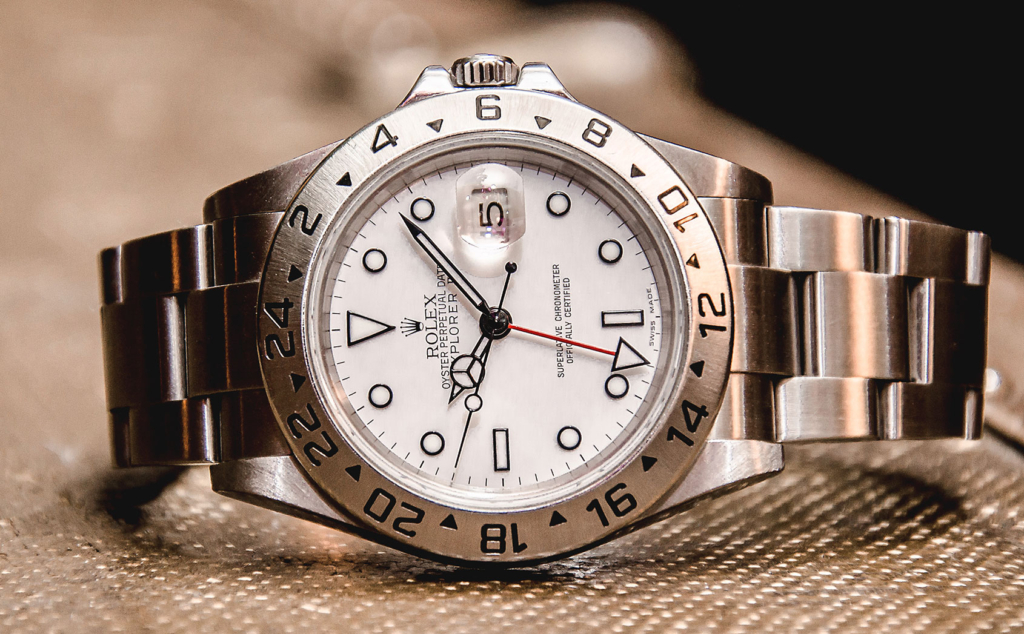
In 1985 the reference 16550 replaced the 1655. In honor of the Mount Everest expedition, the Explorer II now got an additional Polar White dial, and with its new case design it fitted in much better with the rest of the collection. The caliber was upgraded to the 3085, which made it possible to set a second time zone. Additionally, Mercedes hands were added and tritium was introduced as luminous material. With the reference 16570, further changes in the form of the caliber 3186, gold indices and sapphire crystal were added.
In the spirit of the first Explorer II: The 216570
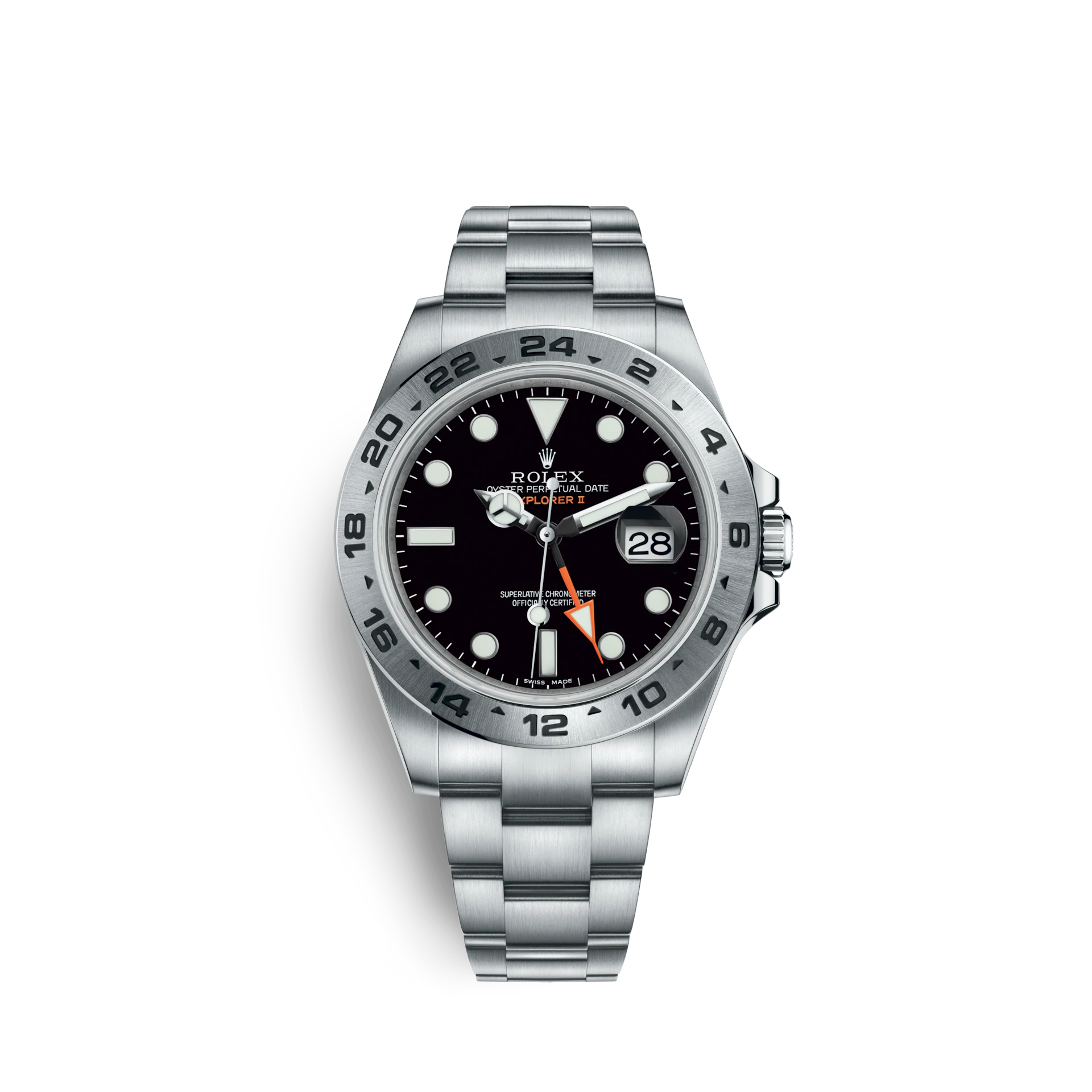
In 2011 the orange hand of the 1655 made a comeback with the 216570. The biggest difference compared to the first Explorer II is the larger diameter of 42mm. As was the 1655, the 216570 is meant to be more modern and relevant, and the current Explorer II can be regarded as the spiritual successor of the 1655. At the same time it is a mix of the 1655 and 16550, combining the best of both worlds.
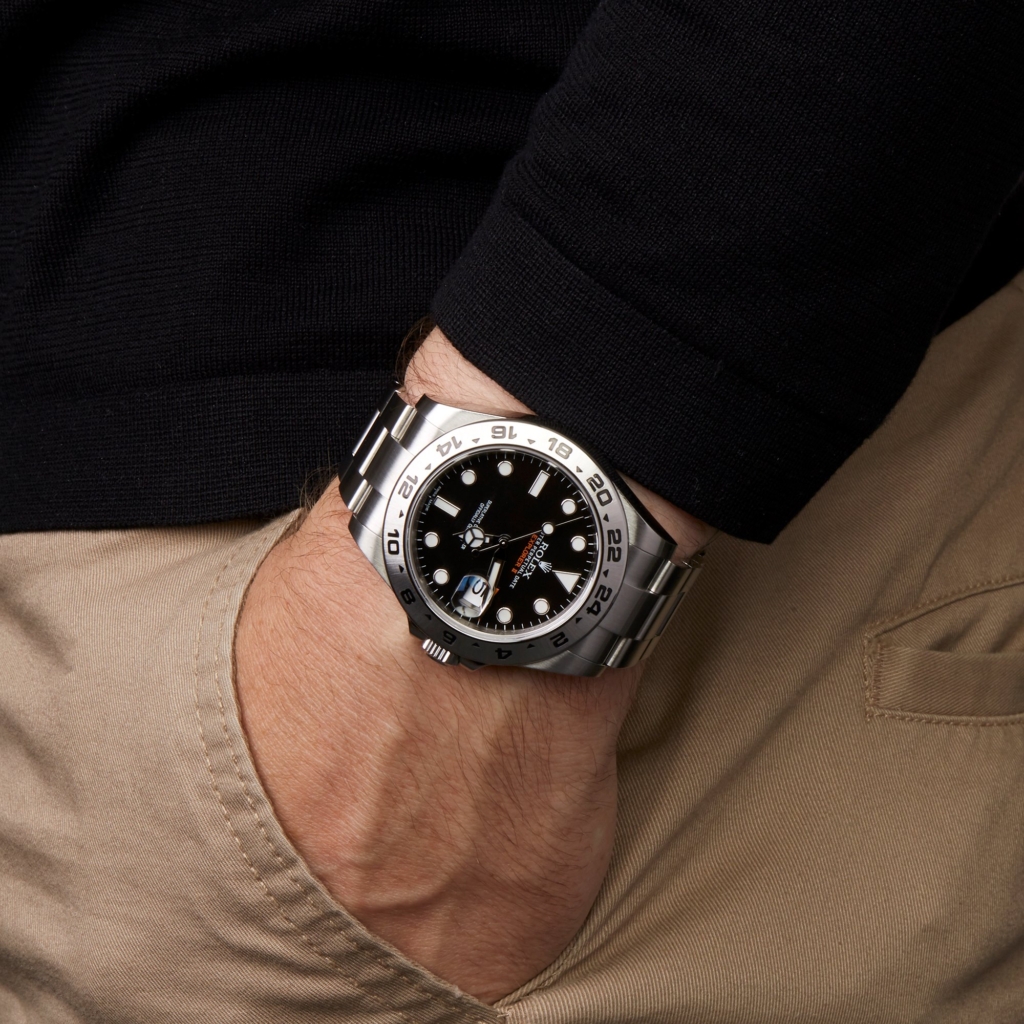
The current Explorer II has a date display, an additional orange 24-hour hand and a 24-hour graduated bezel for a clear distinction between night and day. The 24-hour hand needs one day to circle the dial, marking the time on the engraved fixed bezel and can therefore indicate a second time zone or the time in 24-hour increments. The 216570 is made of Oystersteel 904L stainless steel, which is particularly resistant to corrosion but at the same time somewhat more susceptible to scratches. These can, however, be easily repaired, due to the metal’s improved workability. Rolex uses the caliber 3187 with a Parachrom hairspring and the Paraflex anti-shock system for a higher protection against shocks.
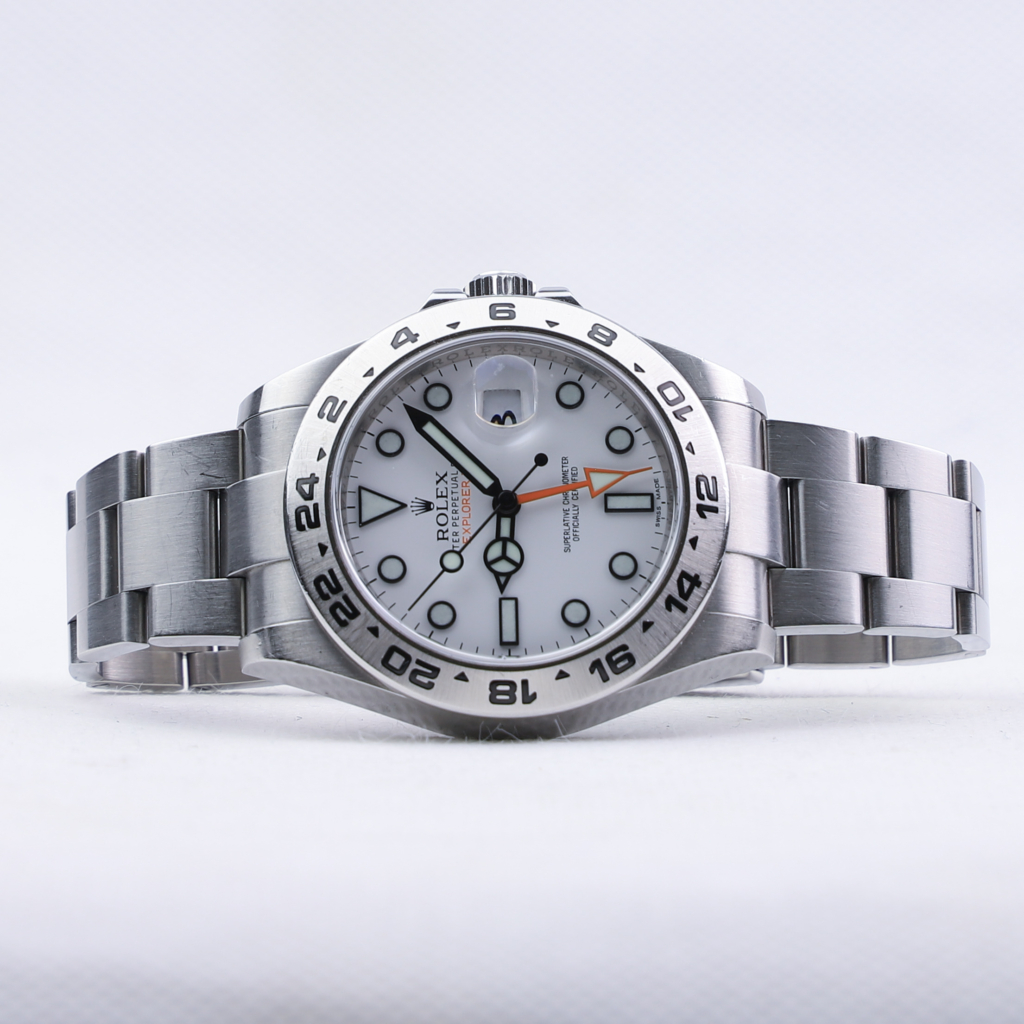
It is gratifying to see that the Explorer II is increasingly getting the attention it deserves. On the other hand, this means less availability and rising prices on the grey market. It seems as if it had been an insider tip for the longest time.
Please notify me when the watch is available again!
Questions regarding this watch?
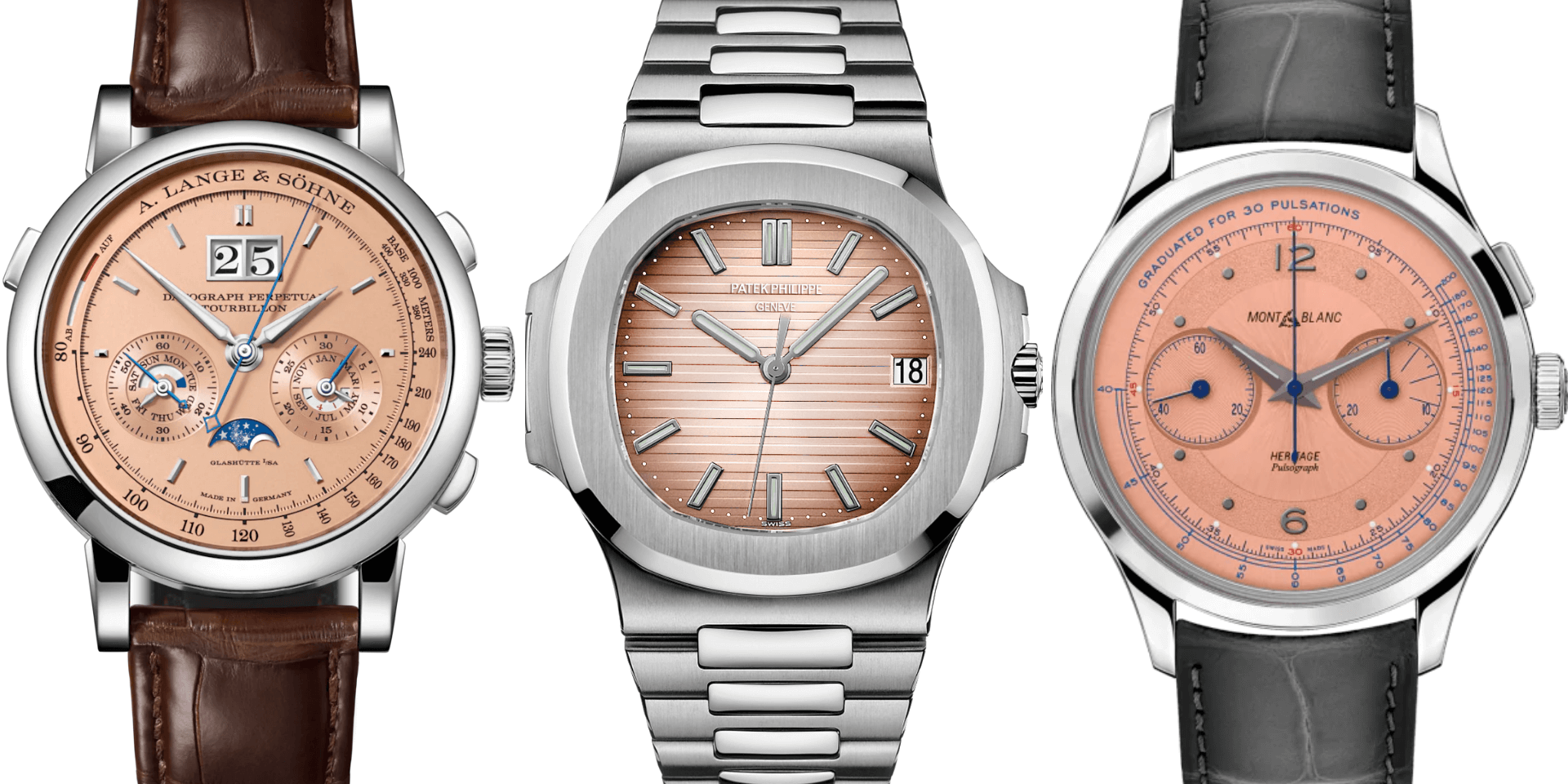
Were you to try to convince a stranger to the wonderful world of watches that salmon-colored dials are all the rage, you would at best be able to elicit an incredulous frown. But it’s true, more and more watch brands are jumping on the “salmon train.” And we are not talking about exotic microbrands from the Far East, but the crème de la crème of the watch industry: Audemars Piguet, Rolex, Patek Philippe, Greubel Forsey, F.P. Journe and even A. Lange & Söhne, all of them (and many more) are on board.
First blue, then green, and now… salmon?
So, what is it that has made salmon watch dials so popular lately?
The color as such is a sort of less vibrant pink, although naturally the intensity varies from manufacturer to manufacturer. While the Montblanc Heritage Pulsograph is almost copper-colored, the A. Lange & Söhne Datograph Perpetual Tourbillon takes a more subtle approach. Still, pink watches are not popular – quite the contrary – so there must be another reason.
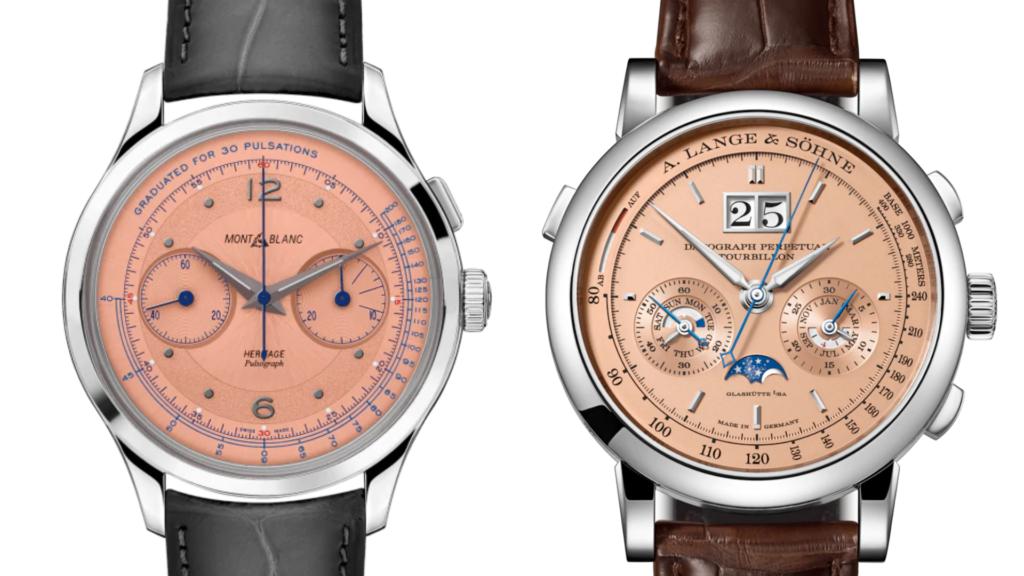
The paradox is that salmon-colored watches are generally very popular in watch communities and social media, but never sell like hot cakes. Nevertheless, or precisely because of this, they are usually offered in small series as a limited edition.
Color of the year 2019: a coral red
Back to the causal investigation: In 2019, when the popularity of salmon dials really took off, the color PANTONE 16-1546 “Living Coral” was chosen as the color of the year. With its “happy, life-affirming coral red”, it is said to provide energy and gently invigorate. A quick Google search confirms that 16-1546 Living Coral appears suspiciously close to our salmon.
Sheer coincidence? Ultimately, as is so often the case in life, it is most likely the allure of the new, and soon enough we will probably have had enough. Anyway, we have given three great watch classics a salmon dial finish: the Patek Philippe Nautilus (Re. 5711), the Rolex Submariner Date (Ref. 116610LN) and the Bulgari Octo Finissimo (Ref. 102713).


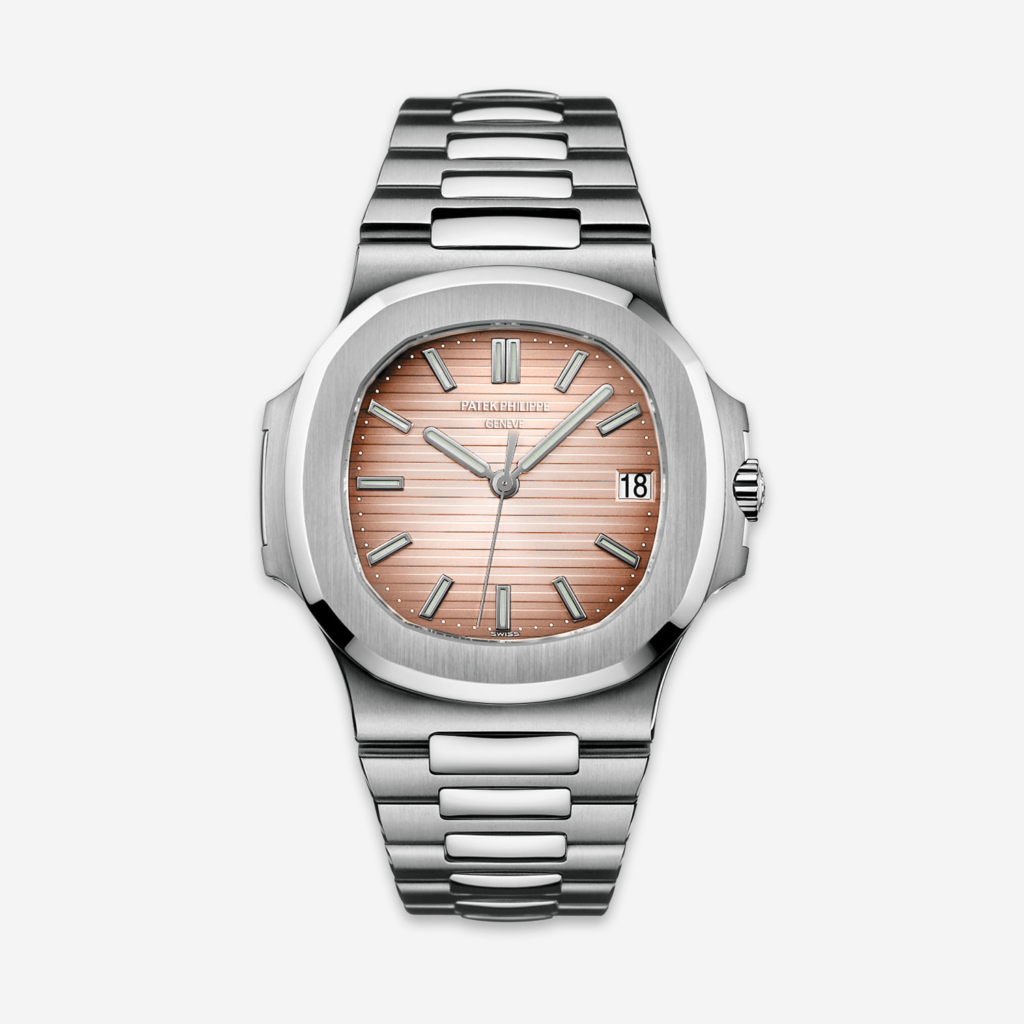

Along with Switzerland, Japan is a global horology hub with a slew of well-known “Made In Japan” manufactures. According to the Japan Clock & Watch Association, Japan made 63.9 million watches in 2018 for both the domestic and international markets. Read on to discover our picks for the top 10 Japanese watch brands.
10. Hajime Asaoka
Following a successful career in product design, the self-taught independent watchmaker, Hajime Asaoka began making watches in 2005 and introduced his first tourbillon watch four years later. Over the next decade, Hajime Asaoka has continued to produce impeccably crafted timepieces and his collection ranges from the three-handed Tsunami to the complex Tourbillon Pura to the open-worked dial Chronograph.
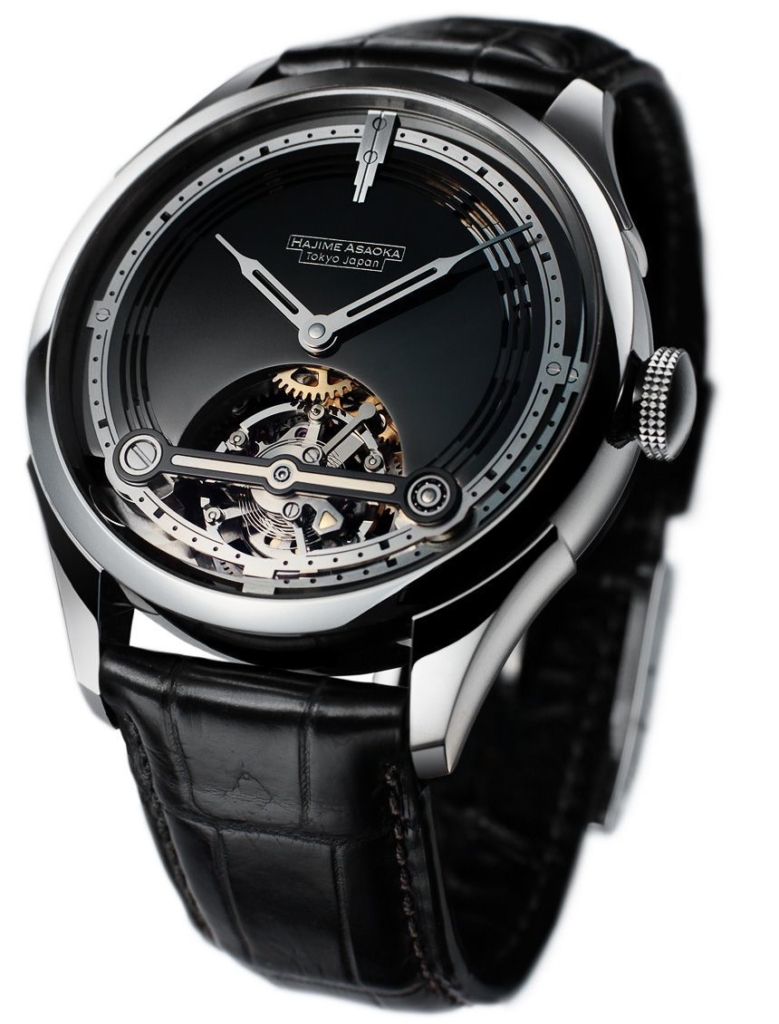
9. Masahiro Kikuno
Despite being a one-man operation, master watchmaker Masahiro Kikuno crafts his timepieces almost entirely by hand. From design to manufacturing to assembly, Masahiro Kikuno is one of only around 30 people in the world that has the skill set to produce his incredibly finished, complex, and thoughtfully designed watches.
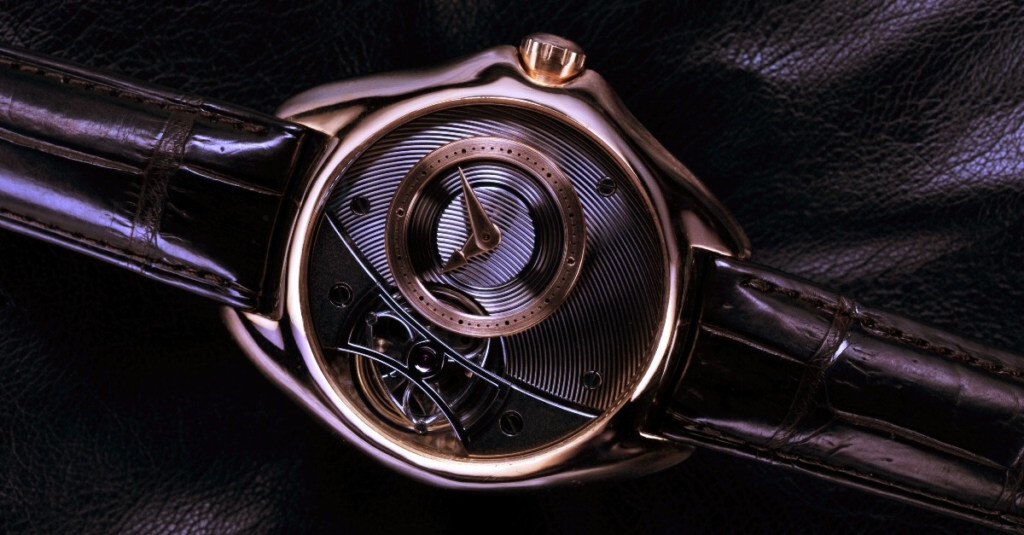
8. Naoya Hida
A veteran of the Japanese watch market, Naoya Hida was not only key to F.P. Journe’s successful launch in Japan but he also made a career of establishing distribution channels in the country for prominent Swiss watch brands. Just this year, Naoya Hida unveiled his first luxury watch, the vintage-looking NH Type 1B, under his eponymous brand.
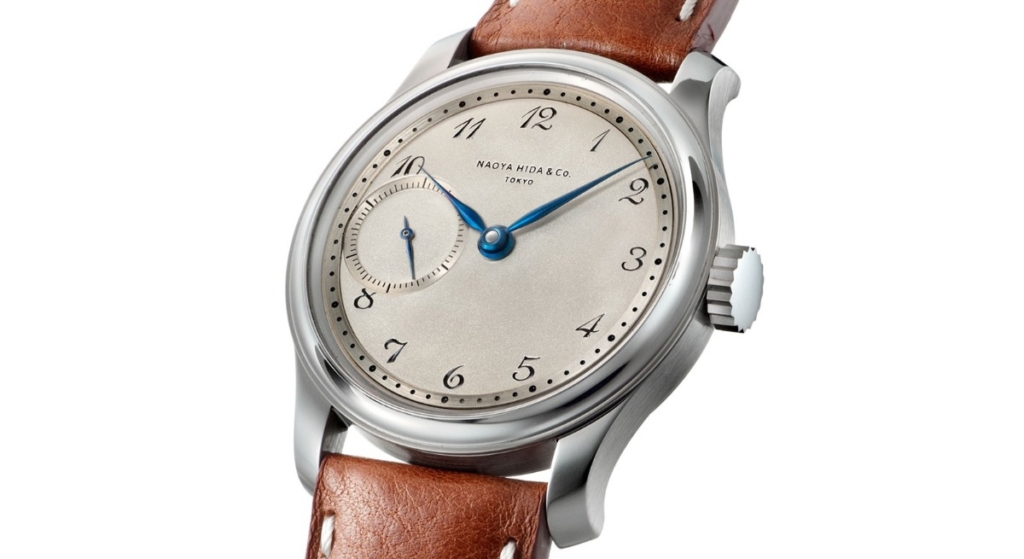
7. Minase
A niche Japanese watch brand formed in 2005, Minase only produces around 500 watches a year. Originally reserved for the domestic market, Minase is now set on offering its collection of Divido, Horizon, and Windows watches internationally. Minase watches adhere to a structure the company calls MORE, inspired by Japanese traditional wooden puzzles, where components fit like puzzle pieces so each part can be easily replaced without disturbing the overall architecture.
Minase became known to a broader public in June 2019 after Japanese Prime Minister Shinzo Abe was spotted wearing a Minase Divido at the G20 summit in Osaka.
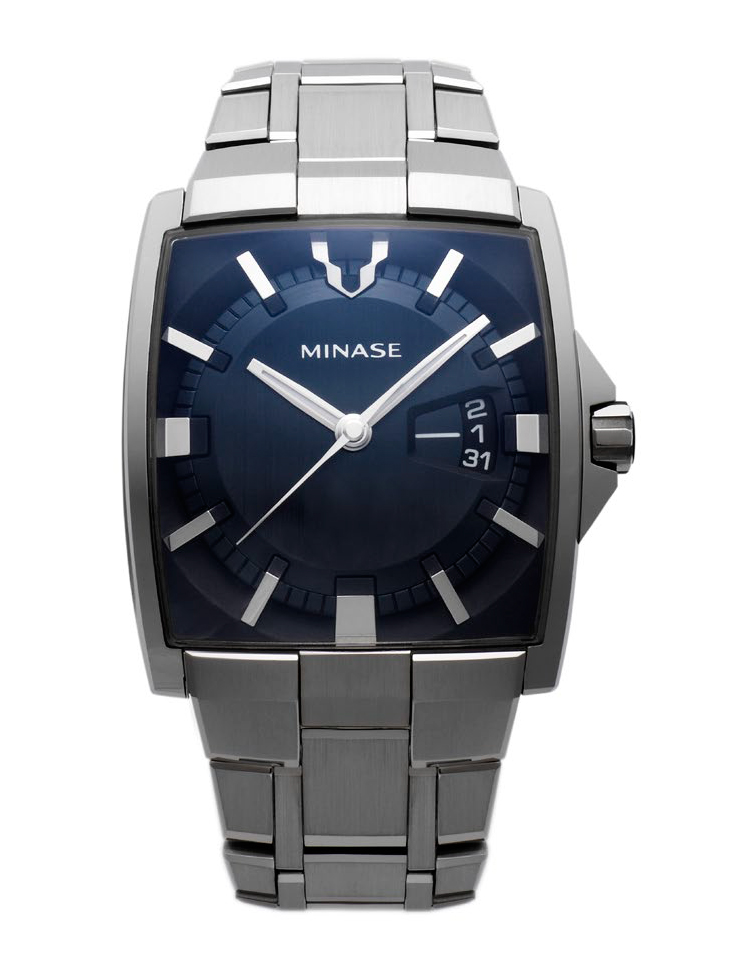
6. Casio
Although Casio’s early history focused predominately on making calculators, the Japanese company diversified into watchmaking in the 1970s with the introduction of the Casiotron electric wristwatch. This paved the way for the brand’s massively popular calculator watches that dominated 1980’s pop culture. The eighties also welcomed the super-tough G-Shock, which has since evolved to become Casio’s most successful line of watch models.
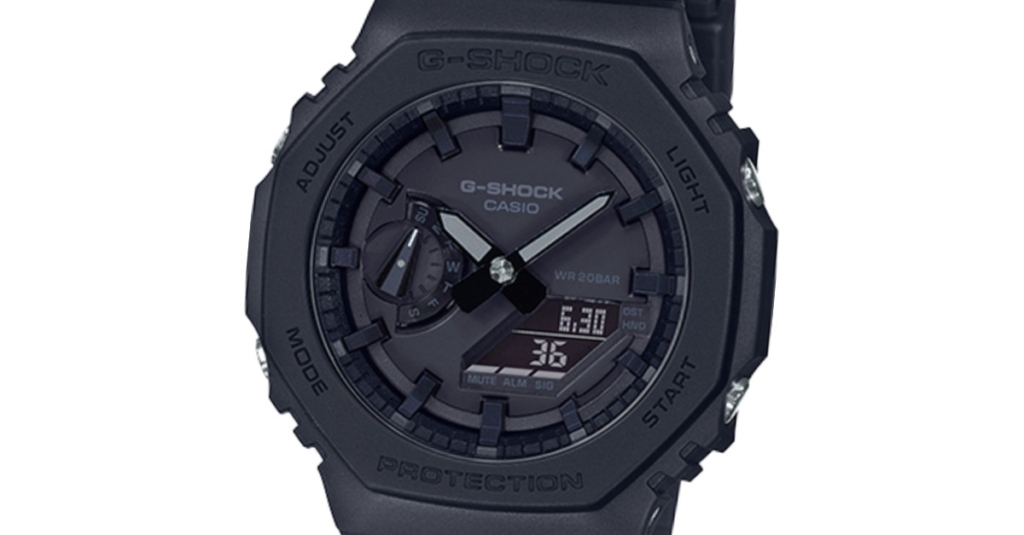
5. Orient
Inaugurated in 1950, Orient is Japan’s largest producer of mechanical watches and all watch components are made in-house. This may sound expensive, but Orient watches are priced very affordably. From Bambino dress watches to Mako divers to Defender field watches, Orient offers a wide range of budget mechanical watches.
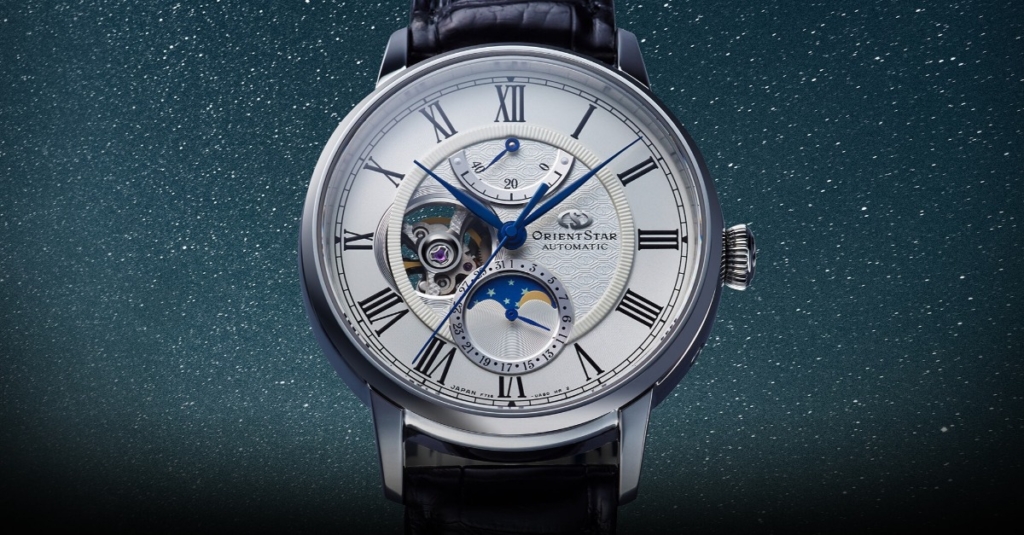
4. Citizen
The world’s leading producer of watches and movements, Citizen’s history began in 1918 and its dominance is still going strong. Among its impressive list of innovations, Citizen’s 1976 invention of the world’s first light-powered analog quartz watch—now known as the Eco-Drive—shaped the brand’s culture of looking to the future. Citizen recently announced the Eco-Drive Caliber 0100 as the most accurate watch ever made.
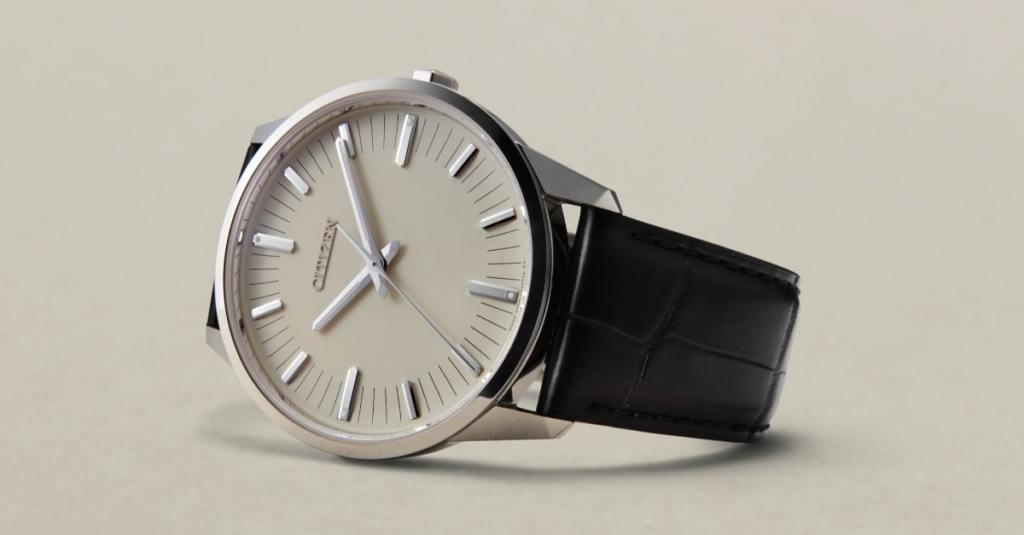
3. Credor
Yet another brand that sits under Seiko’s massive umbrella, Credor produces ultra-luxurious watches in very limited quantities. The Credor brand is still relatively unknown outside of Japan, yet the brand’s collection of watches – which range from refined time-only pieces like the Eichi to high complications like the Fugaku Tourbillon – showcase master craftsmanship.
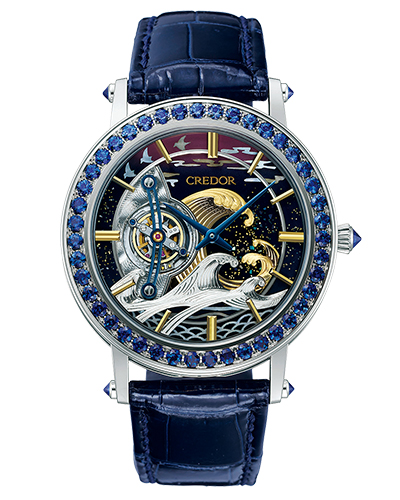
2. Grand Seiko
In 1960, Seiko established a subsidiary brand called Grand Seiko and employed master watchmakers and other artisans to manufacture fine timepieces. Today, Grand Seiko watches are recognized as some of the best luxury watches in the market thanks to their exceptional finishing, impressive movements, and appealing designs.
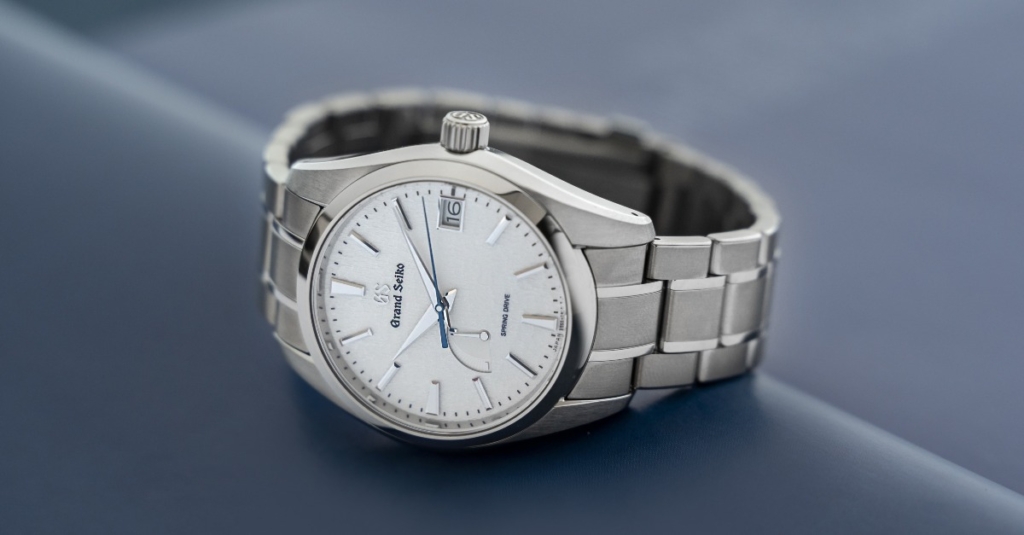
1. Seiko
Founded in 1881 first as a jewelry shop then as a clockmaker in 1892, Seiko has had a long history of leading Japan’s watchmaking culture. The brand boasts a long list of milestones such as making the first Japanese wristwatch, dive watch, and chronograph—not to mention the world’s first quartz watch, the Astron. With nicknames like “Tuna,” “Turtle,” “Sumo,” and “Samurai,” Seiko watches are favored by legions of watch enthusiasts across the globe.
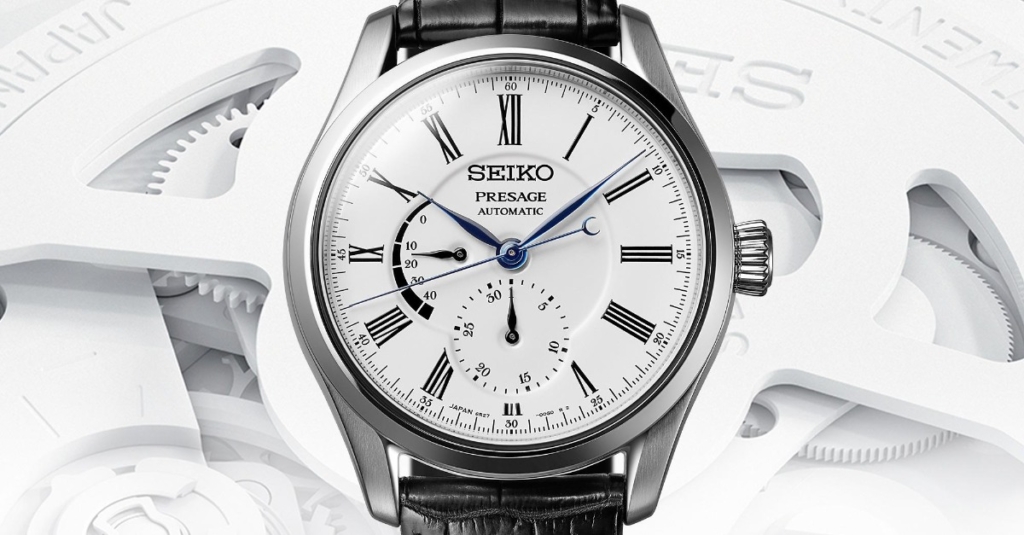
Conclusion:
Whether for wallet-friendly options or ultra-fine timepieces, it is clear that the Japanese watchmaking landscape has something for just about any type of watch buyer.
About the author


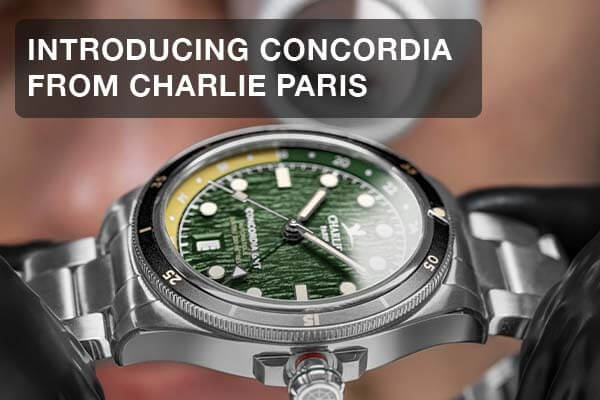
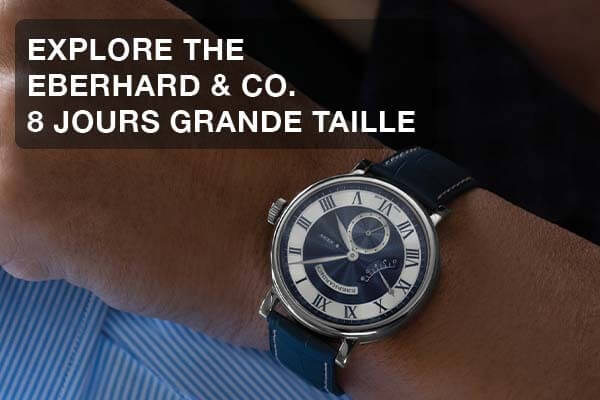
 EN
EN